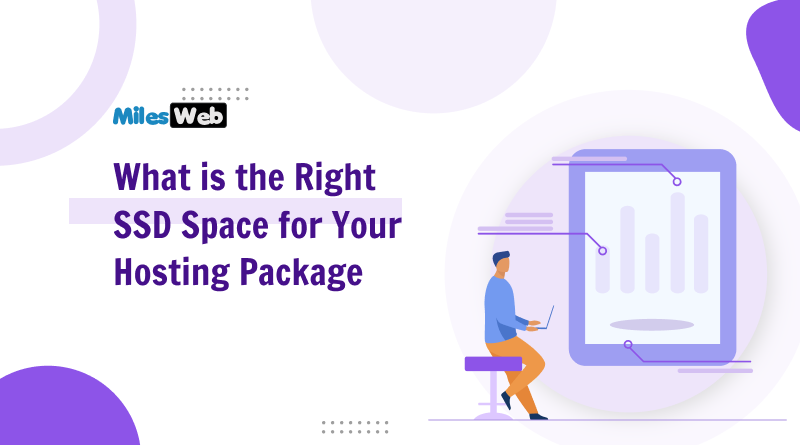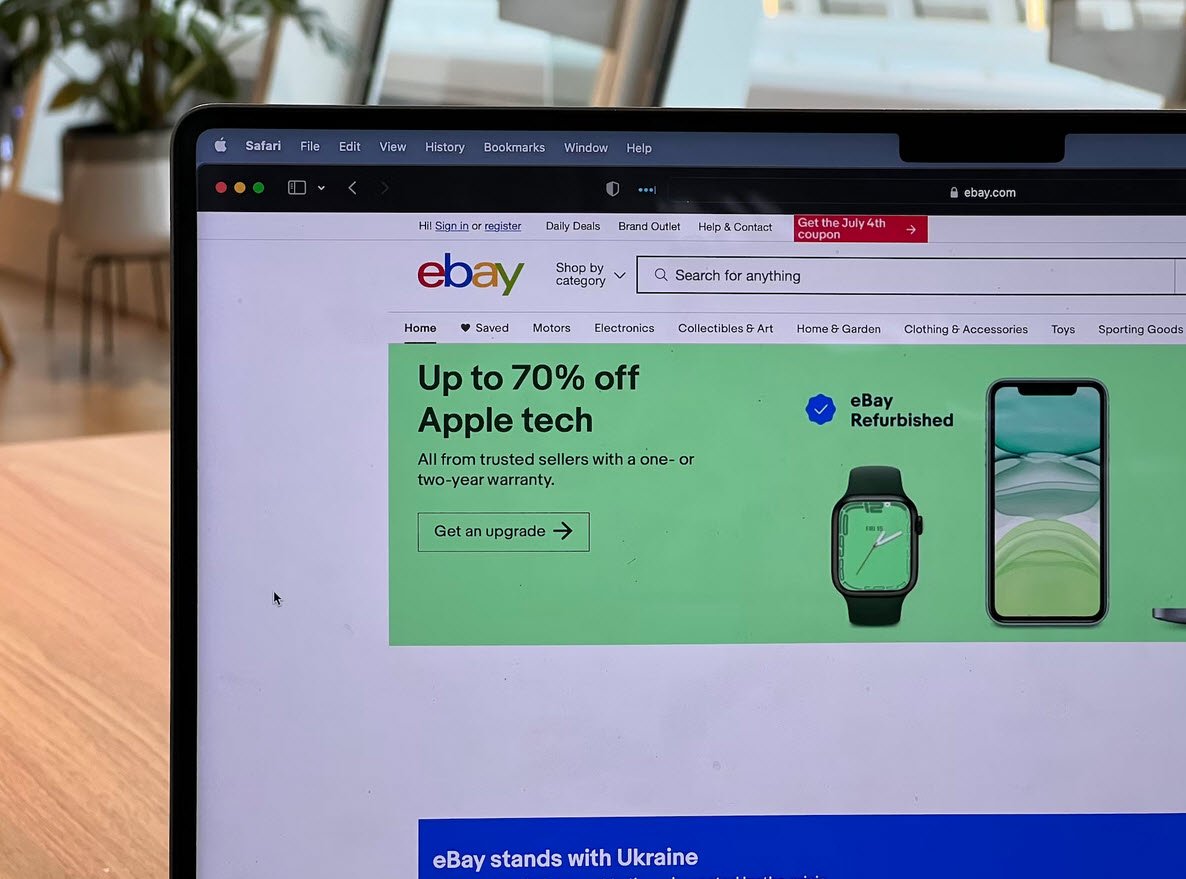
If you have plans to boost your online sales and increase customer loyalty, then an e-commerce marketing strategy is what you need. It will help you target your products to the specific needs of your clients and bring you closer to achieving the mission and goals of your business.
Here are 9 solutions for your e-commerce marketing strategy that you can implement today and help realise your goals:
1. Target your audience
First, you should identify the market you want to target and understand how they can benefit from your products. It’s important to remember that it’s not the features of your products that people are interested in, but rather what your products can do to meet their needs and wants.
So, you should segment the market based on the benefits that each segment would be most interested in and then choose the groups that you will target through advertising and promotions.
2. Launch Product Listing Ad (PLA) Campaign
Google Shopping ads have been around for many years now and for online retailers that have a datafeed, promoting their products with this E-commerce marketing strategy is very effective.
First you should create a datafeed in CSV format that lists all the products you want to promote on Google and then create a Google Merchant Centre account where you will upload it. Then you link your Merchant Centre account with your Google Adwords account and create a PLA campaign to promote your products on shopping ads.
3. Invest in Mobile
It’s now more important than ever to have a responsive mobile site for the following reasons:
- Google ranks sites that are mobile-responsive higher on mobile devices
- Creates a great user experience for visitors and builds trust
- Makes completing transactions on your website easier
- Adaption of site to the device accessing it
- Leads to customer loyalty.
Also, creating a mobile app is an excellent e-commerce marketing strategy for customer retention, building loyalty and increasing sales.
4. Personalise your website
Personalising your site to visitors and clients is a strategy that Amazon does extremely well. It leads to greater customer and visitor loyalty and ultimately leads to higher sales and profitability.
Some personalisation tactics include cross-selling similar products that your visitor has been viewing; recommending products that your existing customers may be interested in; tailoring the web page for the device and show similar searches in the category they are viewing.
5. Easy navigation
Visitors should easily find what they are looking for on your website and within a few clicks. For an e-commerce site, it’s possible that your website has a few more levels of navigation as compared to an information site.
However, you should keep this to a minimum to make it easy for your visitors and the search engines to crawl your website. Another feature to add is breadcrumbs, so your visitors know where they are on your website.
Also, don’t ask your visitors to register before placing an order; rather put this at the end of the checkout process to minimise dropout.
6. Track and measure
Google Analytics provides you with a wide range of tools and features to track and measure your website traffic. You can segment visitors on many variables such as demographics, location, website engagement, devices used and many others.
You also have many metrics to measure the success of your online campaigns such as sales, sessions, average time on site, pageviews, bounce rates and visitors. And you can use these to build the objectives that are relevant to your business.
Advanced reports like multichannels funnels and attribution modelling are available to help you assess the impact of all your channels and how they contribute to sales – Paid search, Organic, Direct, Social Network, Referrals, etc.
7. Remarketing
Remarketing with Google or Facebook is a way to bring people back to your website and increase sales and revenue. So, you can target people, for example, who’ve visited but have not placed an order and send them targeted messages as they browse other websites that are part of the Google Display Network.
As an e-commerce business, you can also use dynamic remarketing to promote products that your visitors have shown interest in on your website.
8. Display Ads
Although banner ads have been losing their popularity over the years, and this is seen through low click-through rates (CTR), they are still an effective way to increase brand awareness and increase sales.
When targeted well, they have more impact than text ads because of the images and pictures you can add, especially with rich media ads, and they have a wider reach too.
9. Facebook Ads
Facebook is an effective channel for an e-commerce marketing strategy because it encompasses all aspects of your strategy including customer acquisition, raising brand awareness, sending offers and discounts and launching new products.
And you can achieve all of this with Facebook ads and drive visitors to your website and Facebook page.
You may also like:- Top 4 Digital Marketing Courses to Try in 2024
- What is the Right SSD Space for Your Hosting Package
- 27 Traffic Secrets to Drive Engagement and Growth
- 5 Crucial Reasons Why Niche Research Is Vital for Online Success
- Setting SMART Digital Marketing Objectives for Business Success
- Traditional Marketing vs. Digital Marketing
- Digital Marketing Funnel – A Roadmap to Customer Conversion
- Double Your eBay Sales In 30 Days
- Turn Your Marketing Pieces into Marketing Masterpieces with These Five Design
- Unlocking Success in Affiliate Internet Marketing








